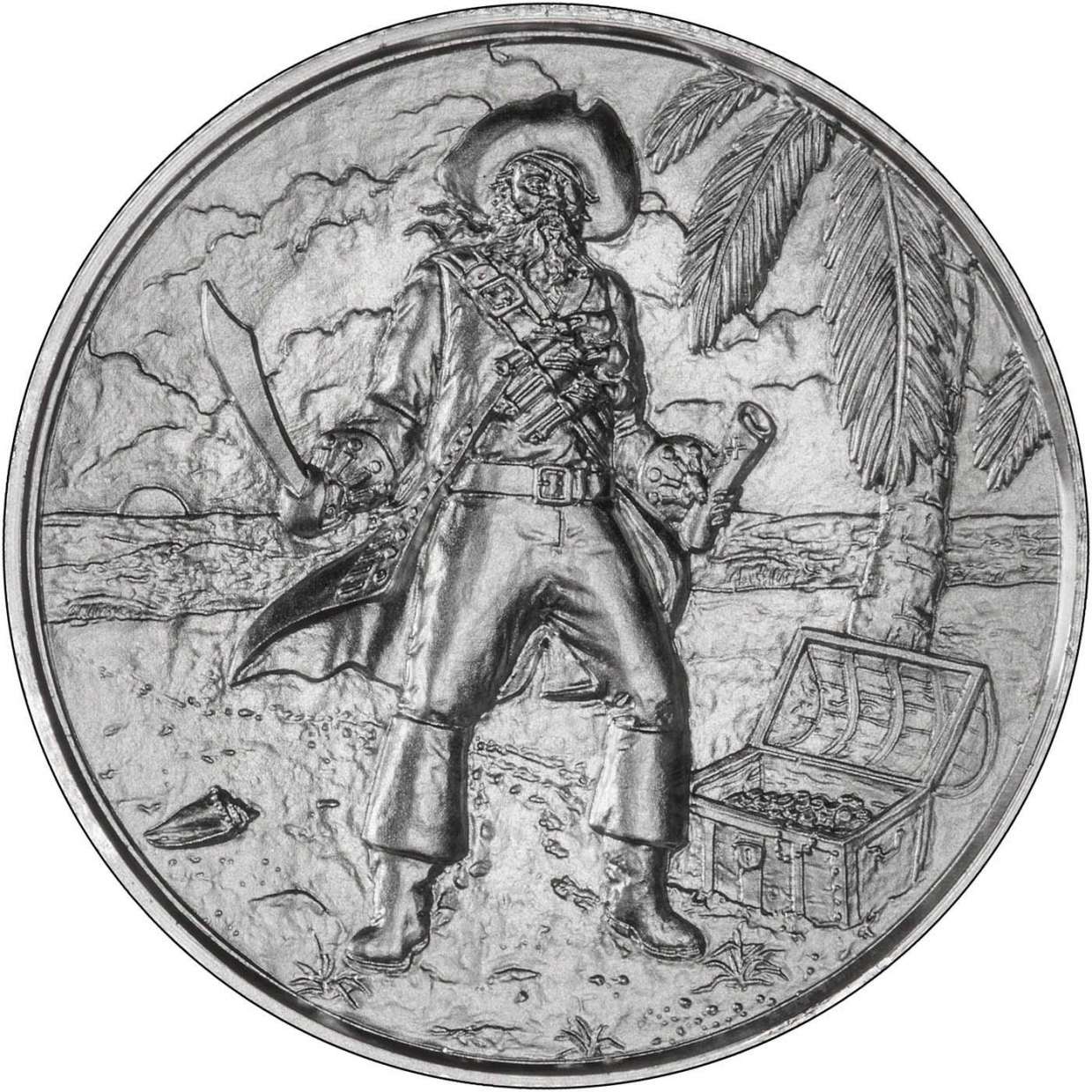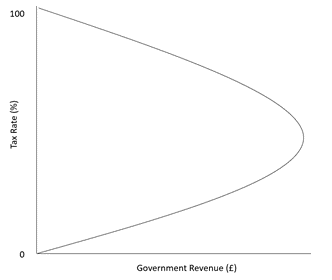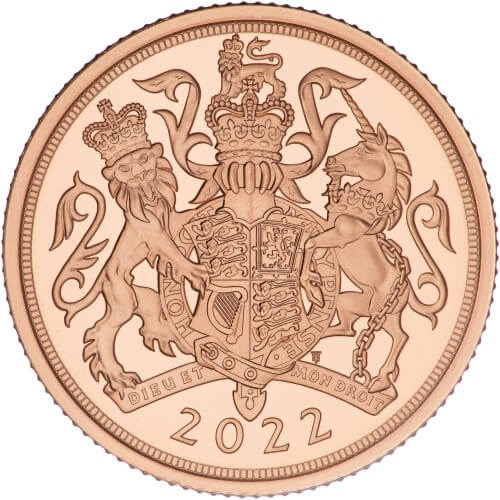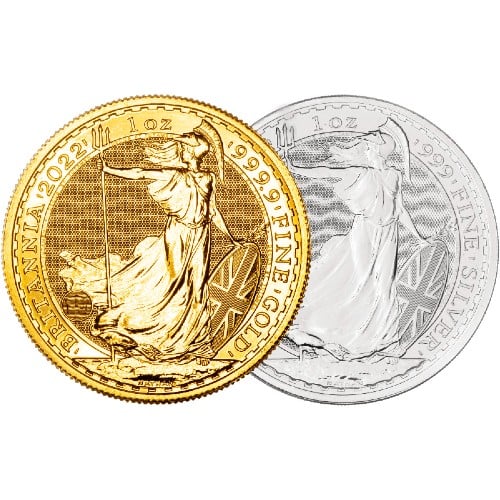The Economics of Gold: Fiat Money
Synopsis
As the Cambridge dictionary defines it, “fiat” is ‘an order given by a person in authority'.
This brings in to question how money is defined. Does money come from a market process, or is it by state decree?
While many “hard money” economists argue that gold and silver are both money, other schools argue that money is defined by the state or that it is merely a token that facilitates trade.

Token Money
Plato is one of the earliest known proponents of “token money”, in which money or currency is arbitrary. Aristotle however, held the more familiar view that money is a medium of exchange, a unit of account and a store of value.
One of the main issues with government-sanctioned money is that a special qualification of money, particularly paper money, is immediately overvalued against the types of money where value is intrinsic. Plus, the ease of which paper money can be and is printed, a continual devaluation leads to a reduction in purchasing power and in the worst cases, hyperinflation. Not only that, but the earliest receivers of new fiat money, benefit much more than those who receive it later, as prices gradually rise.
State & Credit Theories of Money
Money nowadays takes the form of notes, base metal coins but primarily just numbers on a computer screen.
Despite the historic use of gold and silver in monetary transactions, there are those that hold the view that credit is a form of money, or that money is defined by the state. There is also the view that money is a combination of state and credit theories.
The State Theory
While not the first to hold the view, Georg Friedrich Knapp's The State Theory of Money was highly influential in his own country of Germany when it was first released in 1905. This state or “chartal” theory would later influence to John Maynard Keynes's views and policies.
Knapp was indifferent to the gold standard but argued that "The soul of currency is not in the material of the pieces, but in the legal ordinances which regulate their use”. Rather than money emerging from the market as proposed by the classical economists, states facilitate payment by allowing means of payment. Knapp defines a means of payment as “a movable object which can in any case be used for circulation”. This could be a precious metal or a piece of paper.
Despite being disputed by many hard money economists, the state theory is still prevalent in monetary theory. Modern day examples include the Post-Keynesian theories of the Monetary Circuit and Modern Monetary Theory (MMT).
The Credit Theory
According to 19th century Scottish economist Henry Macleod, money, even commodity money, is “a right or title to demand some product of service from someone else”. Therefore, money IS credit. Macleod also points to the numerous references to barter in Homer’s Iliad but no allusions to money. Rather, goods are valued against oxen, even though they did not change hands like money. The need more money therefore arises from when barter was not possible. An exchangeable substance, like a metal, would represent an amount of debt. This money substance is effectually credit as it is traded in the expectation that it can be later traded for other goods.
Alfred Mitchell-Innes, a British economist and diplomat used historical records and laws of debt to show that archaeological discoveries of ancient tallies, and other instruments are evidence of systems of credit rather than mediums of exchange. This argument has been strengthened in recent years through the anthropological works of David Graeber who has also challenged the orthodox claims of commodity exchange.
Financial Bubbles
Most, if not all of history’s boom-and-bust cycles are related to the over-issuance of paper or fiat currency.
The Mississippi Bubble of the 18th Century was a financial scheme engineered by Scottish economic theorist and financier, John Law. Law was a friend of the French regent, Philippe d'Orléans and persuaded him that an ideal banking system was one that used its deposits to stimulate economic growth by increasing the amount of money in circulation. Once Law’s system was established, banknotes soon exceeded bank deposits and the effect was an expected financial boom. Law’s bank was nationalised in 1718 and churned out more and more notes and granted more and more loans. This eventually led to increased speculation in the stock market, particularly in Law’s own Mississippi Trading Company which hoped to advance the colonisation of America’s French region. The system began to unravel by 1720 as the bubble became clear. In an attempt to stabilise the company’s stock price, Law merged the Mississippi Trading Company and the bank, after which the stock was made legal tender. In order to balance the relationship between coins and paper notes, coins lost some of their weight. Even this was not enough to stop the bubble bursting and the subsequent losses and hardships were so severe that for over a century, to utter the word “bank” was considered a faux pas which became synonymous with “fraud”.
The 18th and 19th centuries were frought with banking crises due to an over-issuance of paper currency. This includes a period of more than twenty years where banks suspended specie (gold) payments.
Likewise, in the 20th century, the negligent expansion of paper currency with no consideration for the limitations of a gold standard, led inexorably to another crisis, in the form of The Great Depression.
The Post-1971 Fiat System
The collapse of the Bretton Woods agreement, severed much of the world from any connection to a commodity-backed system and replaced it with one of a state-defined fiat money. This system, where money and credit is created at will through centralised channels such as governments and central banks is just as destructive as earlier ones. According to the US Bureau of Labour Statistics, the purchasing power of the dollar has reduced 86% since 1970, while official data from the ONS shows a 94% decrease in the pound’s purchasing power.
Clearly, a fiat currency based on valueless “tokens” is not as stable a system as those in power would like to believe. Unfortunately, the prevailing theories are those of credit and state. Even the more recent theories of money such as MMT are still based on centralised control where lines of credit are easily arranged between the government and financial elites, meanwhile the value of the ordinary person’s savings are devalued.
We can look at how money is devalued by looking at how our coins have changed in the last 30 years. Before 1992, our copper coins contained around 97% copper with the remainder made of zinc and tin. Since 1992, only 6% of copper is used in a 1p or 2p coin. An 2006 article by The Telegraph reported that pre-1992 coins were worth 50% more than their face value due to rising copper prices. This would mean rather than spending them, melting them down and selling them for their intrinsic value would be more profitable (although illiegal). This would, in effect, demonstrate Gresham's Law as the overvalued post-1992 coins would remain in circulation while the pre-1992 would be removed.
Related Articles
Popular Products
This guide and its content is copyright of Chard (1964) Ltd - © Chard (1964) Ltd 2025. All rights reserved. Any redistribution or reproduction of part or all of the contents in any form is prohibited.
We are not financial advisers and we would always recommend that you consult with one prior to making any investment decision.
You can read more about copyright or our advice disclaimer on these links.










